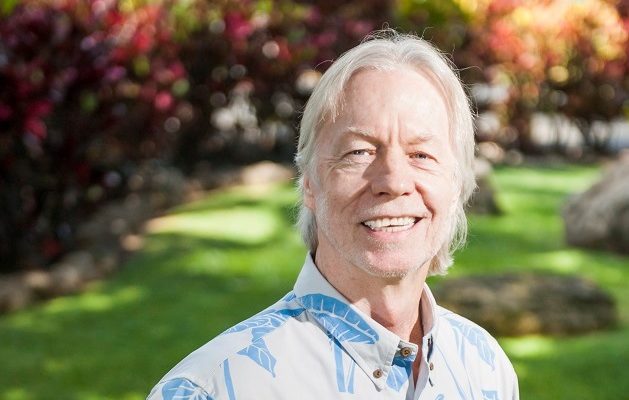
Hale Kipa recently had the privilege of being selected to partner with Liliʻuokalani Trust to open a Youth Service Center in mid-2021 on Queen Emma Street in Honolulu. In the meantime, Hale Kipa and Liliʻuokalani Trust are working together on Lydia’s House, a program launched in response to COVID-19 that provides transitional housing to young adults facing homelessness and housing insecurity.
There are many similarities between Hale Kipa and Liliʻuokalani Trust, including the alignment of our values and commitments to similar populations. Also our belief in the need to respond creatively to provide economic and emotional emancipation to the adolescents and young adults that we both currently serve and those we would like to serve. Our shared focus is on the Native Hawaiian population, which makes up approximately half of the clients that Hale Kipa serves.
Developing a working collaboration can come in many forms. There are numerous structures that can potentially define what is called a” strategic alliance.” With regard to Lydia’s House, the goals are to create a structure that maximizes the inherent strengths of both organizations, provide clarity about how decisions get made, and showcase what that collaboration looks like. Our partnership should also thoughtfully put in place the appropriate systems, structures, mechanisms, and procedures for decision making, among other things.
I have a long-standing interest in organizational culture and have seen different types of strategic alliances. Some of those are hardly alliances at all because they essentially are the absorption of one entity by the other. In other cases, there are legitimate mergers, in which case there is some integration of the best parts of two organizations; at least hopefully the best parts come together.
There are other structures that create business relationships, such as limited liability corporations that assure the autonomy of the two entities in the majority of the business they do but provide clarity as to what happens when they work together. Too often, at least in my experience, collaborations are that in name only because there is not enough thoughtful time put in on the front end to define what the structure of that relationship is. Thus, an enormous amount of time is spent on an ongoing basis in managing the relationship and the collaboration. In this particular case I have appreciated the thoughtful process of trying to come up with a structure that will maximize the probability that the Youth Service Center will be successful in achieving its goals and its mission.
While the primary partnership will be between Hale Kipa and Liliʻuokalani Trust, there is a desire to have other collaborative partners. So that core relationship will help inform the nature of other relationships that will be developed with collaborative partners.
This is a time when innovation is critical. There is a strong synergy that exists between Hale Kipa’s experience with a population that is over represented in Juvenile Justice and Child Welfare and the long history of Liliʻuokalani Trust in working with the Native Hawaiian population. Hale Kipa has had more experience with the challenging issues our clients are facing, whether they are behavioral challenges, emotional challenges, or psychological issues. Liliʻuokalani Trust brings a rich commitment to Hawaiian values and to active practice of those in the implementation of services, which is something that we at Hale Kipa look forward to learning and implementing in all of our programs.
I cannot at the moment tell you what the structure of this partnership will look like, but I can tell you that we are going through a thoughtful and deliberate process of crafting a structure that will help us achieve our goals, and that it is a true collaboration. That is something that is often an ideal and far too seldom actualized.



